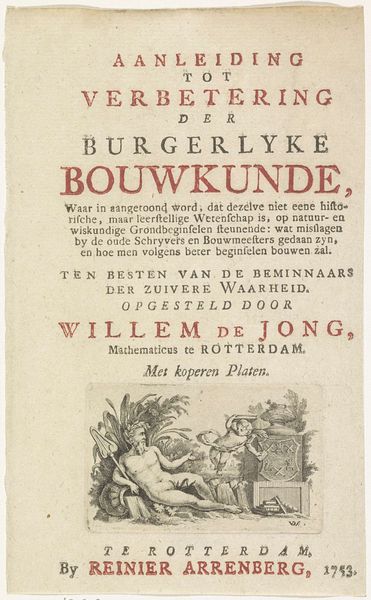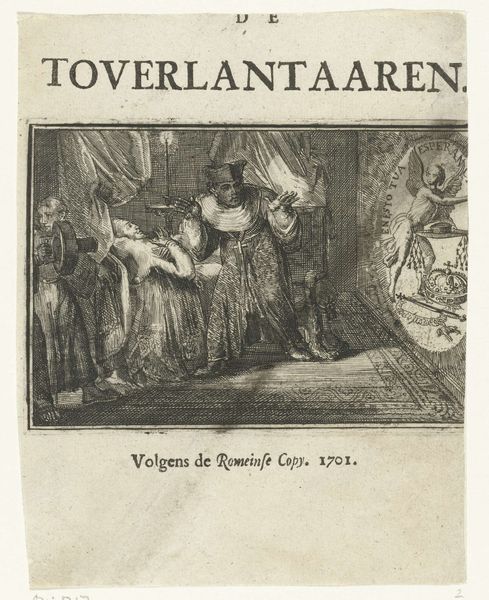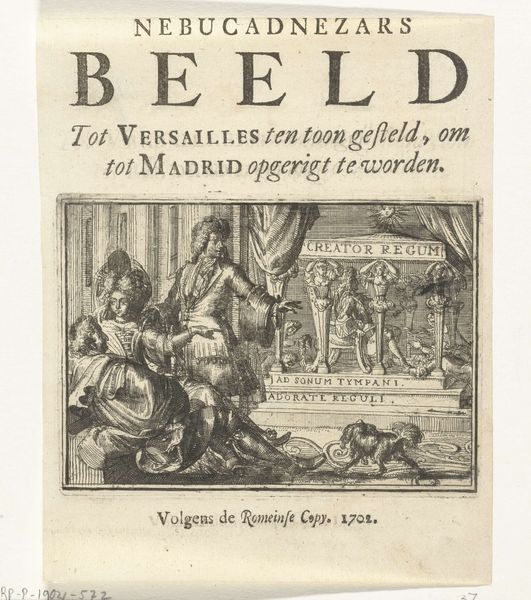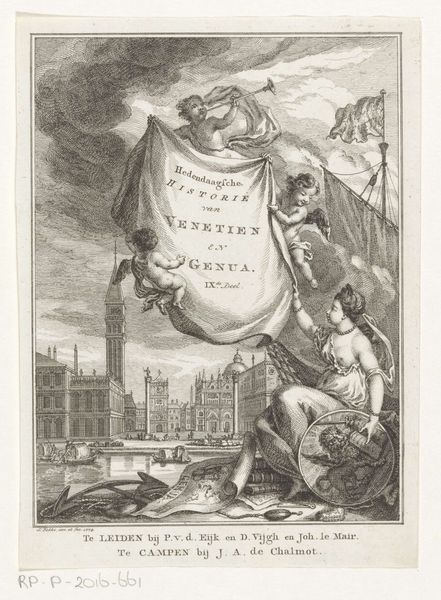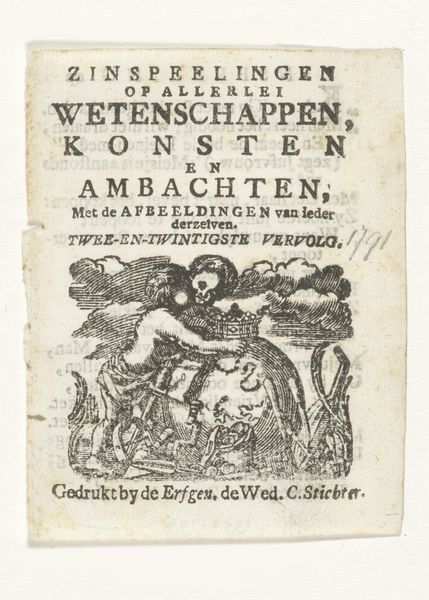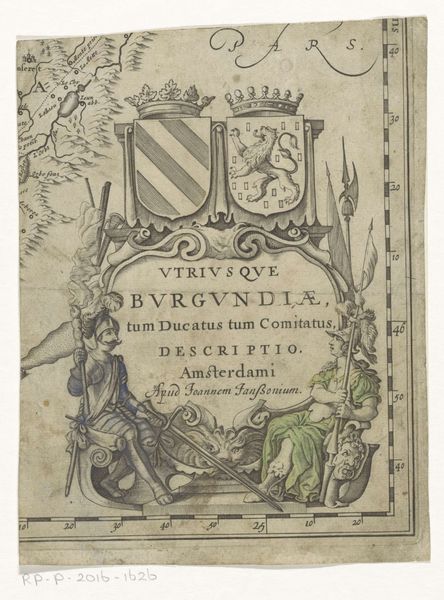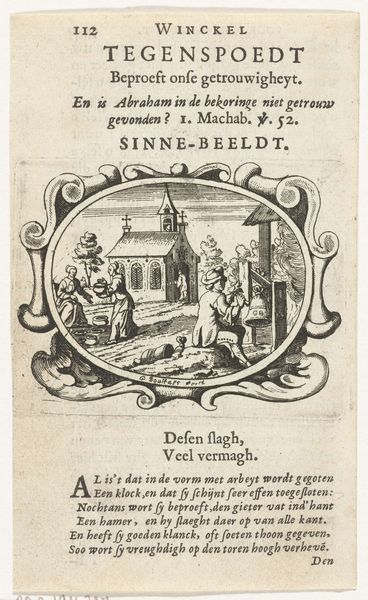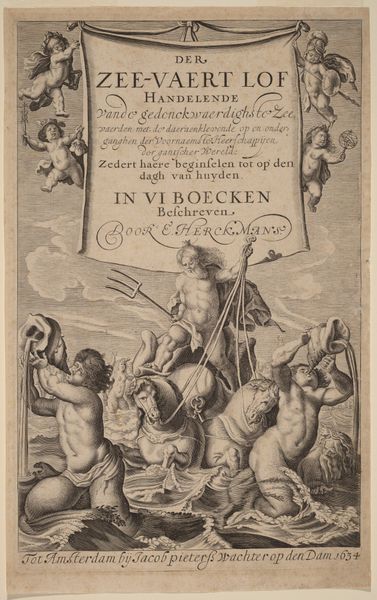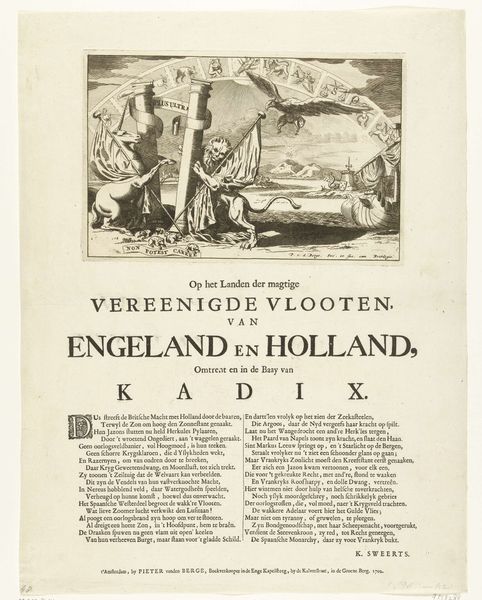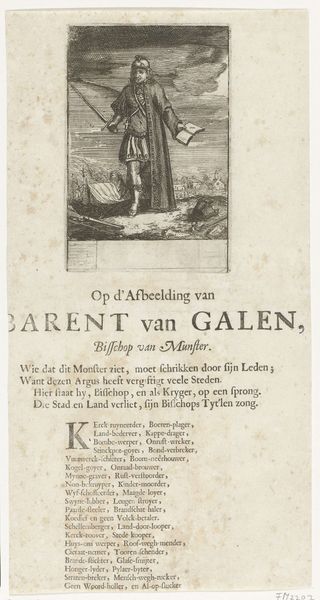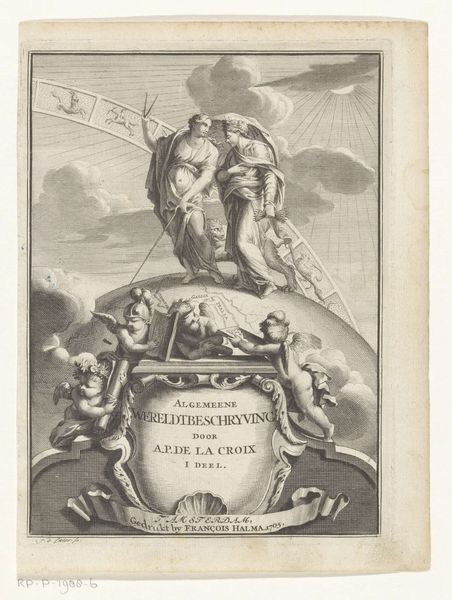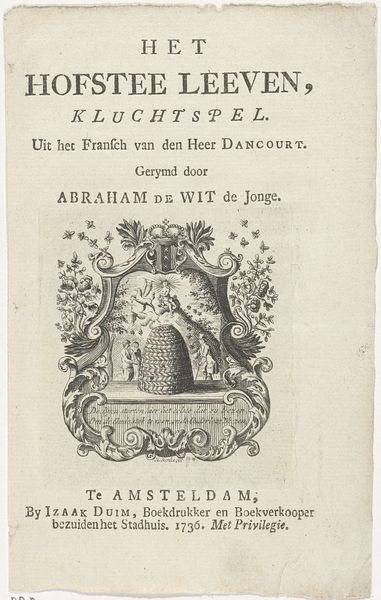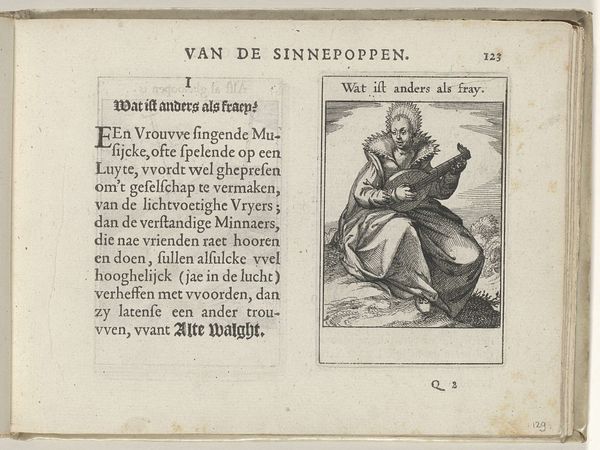
print, engraving
#
portrait
#
allegory
#
baroque
# print
#
figuration
#
history-painting
#
engraving
Dimensions: height 175 mm, width 140 mm
Copyright: Rijks Museum: Open Domain
This is the title page for the pamphlet, "De Waarheid boven al," or "Truth Above All," made in 1702 by Romeyn de Hooghe. It’s an engraving, a printmaking technique where lines are incised into a metal plate, which is then inked and pressed onto paper. The process itself carries political weight. Printmaking allowed for the mass dissemination of images and ideas, bypassing traditional hierarchies of knowledge. In this case, the image is allegorical, featuring a nude figure representing truth, who unveils herself before a symbolic monument. The sharp, precise lines of the engraving lend a sense of clarity and authority. Consider the labor involved: the skilled hand of the engraver meticulously transferring an image onto the metal, a process demanding precision. It is through this careful labor that de Hooghe brings the concept of "truth" into material form, making it accessible to a wider public. The print’s very existence challenges the idea of art as a precious, singular object. Instead, this printed image becomes a tool for dialogue, underscoring how materials and making are central to understanding its full meaning.
Comments
No comments
Be the first to comment and join the conversation on the ultimate creative platform.
